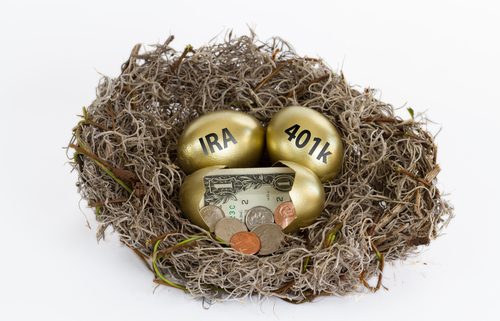Exploring The Differences Between Self-Directed IRA and 401(k)
There are many retirement plans to choose from: Self-Directed IRAs, SEP IRAs, employee stock, or even 403bs, and 401(k) plans. These options offer different services for working-class Americans looking to save for retirement. Amongst these options, two stand out: Self-Directed IRAs and 401(k)s. You have probably heard about them in your quest to select a suitable option. But without knowing what each of them entail, it would be near impossible to make informed decisions. In this article, we will explore the differences between these accounts to help you better understand your choices:
What Is a Self-Directed IRA?
An IRA is an individual retirement account or arrangement that permits Americans with earned income to seamlessly save for retirement. An IRA is a part of the provision from the Employment Retirement Income Security Act of 1974, in which the government laid out specific details for tax-advantaged saving for retirement.
Through an IRA, your savings can increase tax-free or tax-deferred until you get access to it during retirement. It’s an advantage that allows your money to experience compound interest at a higher rate, accumulating during your working years.
With an IRA, you can invest in several assets, including mutual funds, annuities, bonds, stocks, ETFs, etc. The registration process to open an IRA is simple. Here at American IRA, you can register and start saving for your financial future within minutes.
IRAs often come in popular choices, including:
- Traditional IRA. You get to save for retirement on a pre-tax basis in this method. This means you’re not going to pay taxes on any contributions to your IRA until you take it out during retirement.
- Roth IRA. In this case, you’d save for retirement with after-tax money. Thus, you will pay taxes on every contribution. However, you will be able to enjoy a tax-free growth on your contributions and won’t have to pay taxes during retirement.
- Self-Directed IRAs. In this retirement plan, you are fully controlling what happens to your retirement contributions. Self-Directed IRAs hold several alternative investment opportunities beyond common assets. These opportunities include real estate, private lending, commodities, limited partnerships, tax lien certificates, precious metals, and many more. While such accounts are administered by account holders (in this case, us), you manage it, giving you more control.
What Is A 401(k)?
A 401(k) plan is a retirement plan sponsored by employers and senior management of companies and corporations for their workers to save for their retirement. This retirement plan is hugely tax-advantaged, providing ample incentives to invest for retirement.
In a 401(k), employees can take out a portion of their paycheck and invest it in high-reward assets such as real estate or stock mutual funds. You can set up a 401(k) for your workers if you’re an employer. Here at American IRA, we can walk you through the process of registering and even setting up a 401(k) plan that suits your needs.
There are two types of 401(k) plans. They include:
- Traditional 401(k). This plan allows employees to save for their own retirements on a pre-tax. Workers won’t pay taxes for any contributions until retirement when the money has fully grown.
- Roth 401(k). This plan allows employees to save for retirement on an after-tax basis. This means workers would need to pay taxes on contributions and grow and withdraw their money tax-free.
Interested in learning more about Self-Directed IRAs? Contact American IRA, LLC at 866-7500-IRA (472) for a free consultation. Download our free guides or visit us online at www.AmericanIRA.com.






